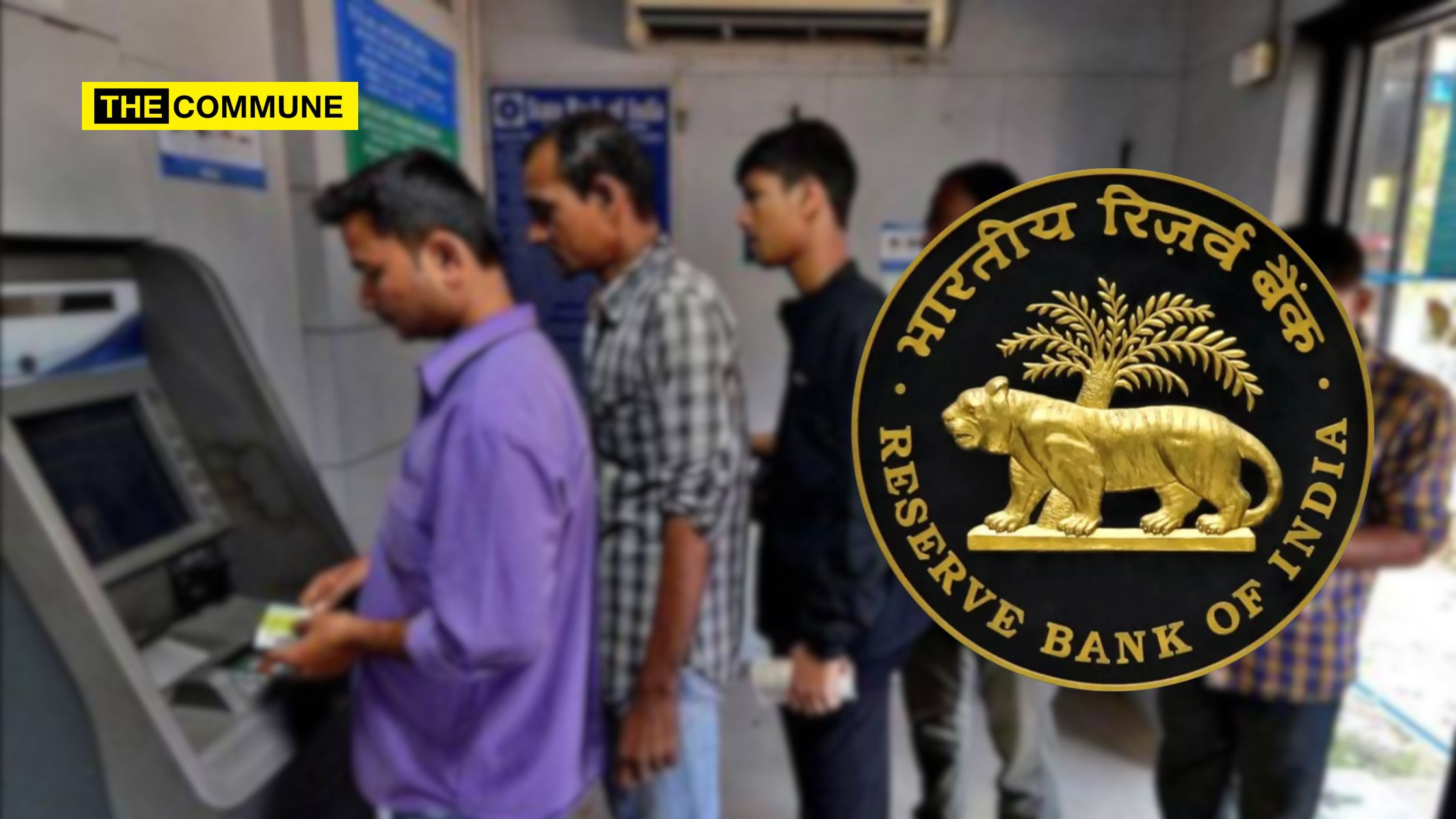
On 28 March 2025, the Reserve Bank of India (RBI) approved a revision in ATM withdrawal charges, allowing banks to increase fees beyond the free monthly limit. Effective 1 May 2025, customers exceeding their free transaction limit will be charged ₹23 per transaction, up from the existing ₹21—a modest increase of ₹2. However, the number of free transactions remains unchanged. Customers can still avail themselves of five free transactions (including both financial and non-financial) at their own bank’s ATMs, while transactions at other banks’ ATMs remain free up to three times in metro cities and five times in non-metro areas. These new rules will also apply to cash recycler machines, except for deposit transactions.
Minimal Impact On Most ATM Users
Despite the fee hike, the impact on most people is expected to be minimal. A majority of ATM users do not exceed their free transaction limit. Data from the RBI and the National Payments Corporation of India (NPCI) suggests that over 70% of rural and semi-urban users perform fewer than five ATM transactions per month, meaning they will not be affected by the revised fees.
Digital Payments Reduce Dependence On Cash Withdrawals
India has witnessed a rapid surge in digital payment adoption. With the increasing use of UPI, mobile banking, and debit card payments, reliance on cash withdrawals has declined significantly. In December 2024 alone, UPI transactions crossed 14 billion, indicating a clear shift toward cashless transactions. Additionally, the government has taken steps to further support digital transactions, such as approving a ₹1,500 crore incentive for UPI payments on March 20, 2025, ensuring small merchants benefit from digital adoption.
Who Will Be Most Affected?
The revised ATM withdrawal fee primarily impacts heavy cash users, such as small business owners and traders, who frequently exceed the free transaction limit. For the average salaried individual, student, or retiree, the current free transaction cap is generally sufficient.
Why Did The RBI Approve The Fee Hike?
The RBI’s move to allow banks to increase fees is driven by multiple factors. The cost of maintaining ATMs—including cash logistics, security, electricity, and upkeep—has been rising by 5-7% annually since 2020. By permitting banks to raise transaction charges, the RBI ensures that banks can sustain ATM networks without financial losses, particularly in rural areas where access to cash remains crucial. Additionally, the marginal fee increase encourages digital transactions, aligning with India’s broader goal of creating a less-cash economy. Countries such as Sweden and South Korea have successfully reduced cash dependency by promoting digital payments, and India is moving in a similar direction.
A Balanced Move Towards A Digital Future
Overall, the RBI’s decision strikes a balance between sustaining ATM operations and encouraging a digital-first approach. With free transaction limits remaining unchanged and digital alternatives readily available, most people will not be affected by the ₹2 hike. For those who do exceed the limit, the increase serves as an incentive to explore cost-effective and convenient options like UPI and mobile banking, making transactions smoother and more aligned with India’s vision for a digital future.
Detailed Explainer: RBI’s ATM Fee Hike – Why It Won’t Affect Common People
On March 28, 2025, the Reserve Bank of India (RBI) announced that banks can increase charges for ATM cash withdrawals beyond the free monthly usage limit, raising the fee cap from ₹21 to ₹23 per… pic.twitter.com/0P6OmoaHlM
— S Sundar Raman (@ssundarraman) March 28, 2025
S Sundar Raman is a Chartered Accountant and the Vice President of BJP Tamil Nadu’s Thinker’s Cell
Subscribe to our channels on Telegram, WhatsApp, and Instagram and get the best stories of the day delivered to you personally.




